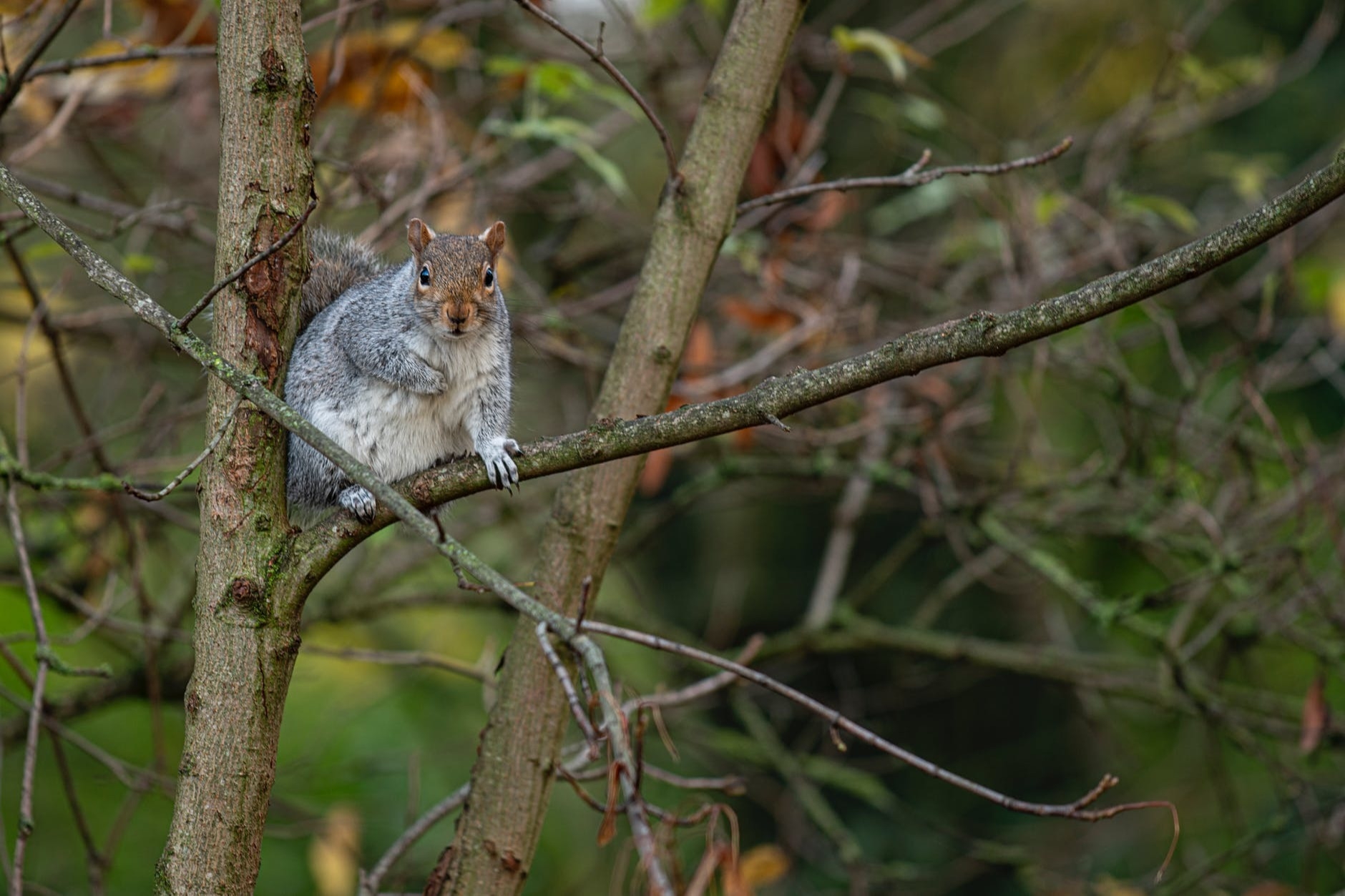Keeping Your Trees Free of Diseases and Pests
November 4, 2021
When you notice that your trees are not looking as healthy as they should be, it is crucial that you act on this immediately before it’s too late. A tree that has a disease or pest infestation can deteriorate quickly if you don’t address it immediately. People often know there is something wrong with a tree, but getting confirmation from the professionals can be quite comforting.
It can be difficult to figure out exactly what is wrong with your tree if you are not a tree service professional. But here are some tips that you can keep an eye out for so you know when to seek immediate treatment.
Say your tree has spotty, yellowing leaves and branches that are dying, so you know that something is seriously wrong. Another problem that we often hear about is when new growth is dying off quickly.
It should be noted that just because your tree has one unhealthy branch, this does not necessarily mean your tree is on the verge of death. But one unhealthy branch can lead to more unhealthy branches, so it’s best to contact a tree service company.
Inspection and Identifying Unhealthy Trees
If you have paid attention to your trees through the years, it won’t be as difficult to identify problems when they appear. You may realize that the tree looks different, so you should inspect it more closely to get a better idea of its overall health. The first thing to look for is abnormalities that deviate from the norm.
When you are making an inspection, it’s best to start on the ground and work your way up the tree. You can learn a lot from the roots if they appear to be damaged or if the ground has heaved up around the bottom of the tree. You should also be looking for decay or fungal growth around the tree base. If there are mushrooms suddenly growing, this could point to a potential health problem.
Next, you should inspect the part of the trunk that is above the soil. If you notice damage to the bark, such as if there are slits or if the bark is peeling, this likely means the tree’s health is compromised.
Work your way up the rest of the tree as you continue your inspection. You are looking for signs of decay, swelling, holes, and other abnormalities. The final portion of your inspection should be looking at the very top of the tree. Look for dead or dying branches, branches that have grown together, branches that look weak, branches that are oddly leaning, or other signs of abnormalities.
Dealing With Problems
By this time, you most likely have realized that something is wrong with your tree; now you need to figure out the most likely cause—either disease or pests. Both can spread to other trees, so you need to act quickly to prevent this from happening. If your tree is very tall, you’ll probably want to leave treating it to the professionals.
If you are concerned about the health of your trees, contact Root Tree Service. We serve the Denver metro area, and we look forward to serving you. Contact us today!
